Benjamin Franklin (January 17, 1706 - April 17, 1790) is one of the most famous names attached to American History. He began his life in Boston, Massachusetts Bay Colony, and would become an American legend in Philadelphia, Pennsylvania Colony.
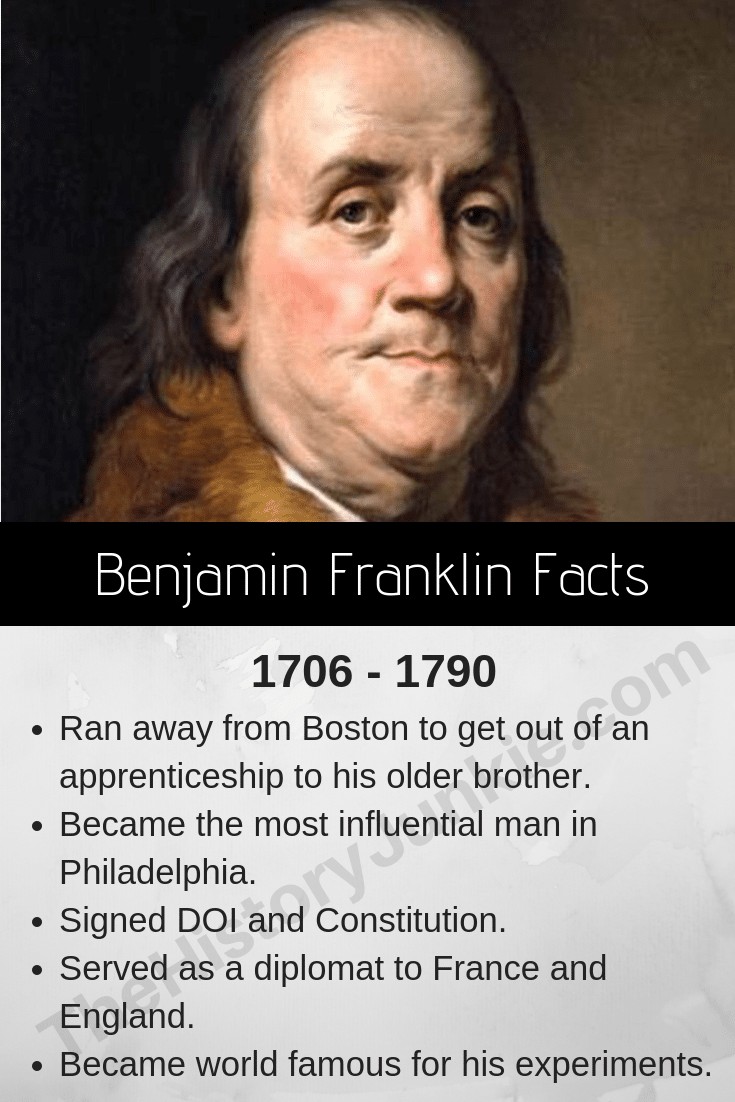
He was an influential voice throughout the Continental Congress and helped edit the Declaration of Independence. He served as a diplomat to France and England and helped bring about the Constitution of the United States.
His civic accomplishments are nearly overshadowed by his inventions. He invented a modern stove, spectacles, the lightning rod, as well as a host of other things. He founded the first public library and fire department.
Jump to:
- Benjamin Franklin Facts: The Early Years
- Arrival in Philadelphia
- Benjamin Franklin Facts: Marriage to Deborah Read
- Benjamin Franklin Facts: Relationship with William Franklin
- Benjamin Franklin Facts: Writings
- Benjamin Franklin Facts: Public Life and Civic Achievements
- Benjamin Franklin Facts: Pre-Revolutionary War
- Benjamin Franklin Facts: American Revolution
- Benjamin Franklin Facts: Death
- Benjamin Franklin Facts: Online Resources
It is impossible to talk of the American Revolutionary War without mentioning George Washington or Benjamin Franklin, as both were indispensable to the cause of liberty and the new republic.
Benjamin Franklin Facts: The Early Years
Josiah wanted Benjamin to become a minister. He sent him to school but could only afford 2 years. Young Ben continued his education through books. He worked with his father for a short period and then apprenticed under his younger brother, James, at the age of 12.
When Benjamin was 15 years old, his brother James founded the New England Courant. The New England Courant was the first independent newspaper in the colonies and would have a profound effect on Benjamin.
Young Ben was denied a chance to publish anything in his brother's newspaper. James was a bit jealous of Ben's talent as a writer, and as a result, that jealousy held him back. Always resourceful, Benjamin adopted his first pseudonym.
He posed as a middle-aged widow named Silence Dogood. He would slip them under the door at night so that his brother would not suspect him. His ruse worked, and neither his brother nor the public knew that it was young Franklin.
The letters became a conversational piece around town and a drawing point for the New England Courant. It was Benjamin Franklin's first taste of fame in a long line of successes.
The Silence Dogood Letters:
- Silence Dogood Letter 1
- Silence Dogood Letter 2
- Silence Dogood Letter 3
- Silence Dogood Letter 4
- Silence Dogood Letter 5
- Silence Dogood Letter 6
- Silence Dogood Letter 7
- Silence Dogood Letter 8
- Silence Dogood Letter 9
- Silence Dogood Letter 10
- Silence Dogood Letter 11
- Silence Dogood Letter 12
- Silence Dogood Letter 13
- Silence Dogood Letter 14
Arrival in Philadelphia
At the age of 17, Benjamin ran away to Philadelphia, Pennsylvania. He actually broke his apprenticeship without permission, which resulted in him becoming a fugitive. In Philadelphia, he would work for a number of printers until leaving for England.
Governor Sir William Keith convinced young Ben to go to England to get the equipment necessary to open up another newspaper. Keith's words were empty, and he would be stuck in England.
In England, he worked as a typesetter. He was also given the nickname "Water American." This nickname was given to him since many of his peers would drink beer throughout the day.
Franklin realized that beer cost more money and decided to drink water, which cost nothing, instead of it. The result was that Franklin would be a better worker throughout the day since he would always be sober.
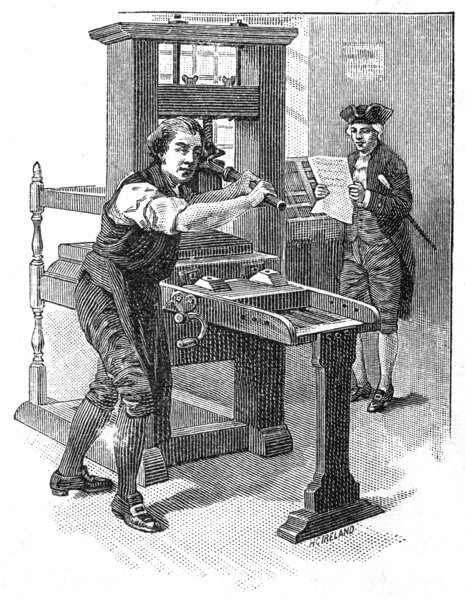
His health would also benefit from this as well.
In 1726, with the help of Thomas Denham, Franklin returned to Philadelphia.
In 1727, Franklin, now 21 years old, Franklin founded the Junto. The Junto was a group of men who talked about philosophy and worked on ways to help the local community.
The group gave rise to many ideas that would benefit Philadelphia. It also gave Franklin much influence since many of the members of the Junto would go on to become successful entrepreneurs.
One of the ideas that came from Junto was a subscription library. While it was not the same library model we have today, it gave birth to it.
In 1728, Franklin and a partner founded the Pennsylvania Gazette. At the age of 22, he finally had his own newspaper. A year later, he would be the sole owner of it.
In 1731, he joined the local Masonic lodge, and in 1734, he was the Grand Master of it. This indicates his quick rise in the eyes of his peers. He also published the first Masonic book when he republished James Anderson's Constitutions of the Free Masons.
Benjamin Franklin Facts: Marriage to Deborah Read
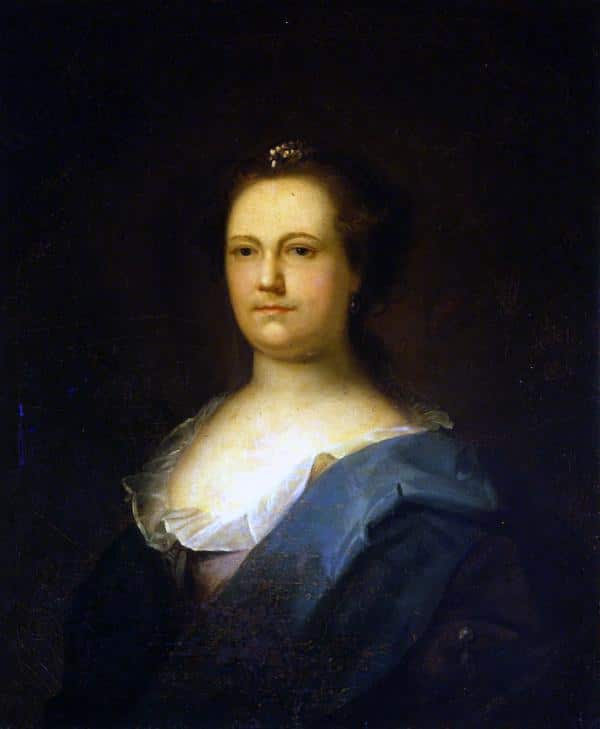
At the age of 17, Franklin proposed to Deborah Read. Her mother was not happy with Franklin, so they were not married when Franklin sailed to London. Upon his return to Philadelphia, Deborah had married John Rodgers.
Rodgers avoided his debts and prosecution by fleeing to Barbados with her dowry. Due to bigamy laws, Deborah was not allowed to remarry. Soon, Franklin set up a common-law marriage with her. Together, they had two children, Francis and Sarah.
Francis died of smallpox in 1736. This left a deep wound on Franklin for the rest of his life. He didn't want Francis to get inoculated from the disease, and when it swept through Philadelphia, it killed him. Franklin always blamed himself for his death.
Sarah married Richard Bache, and the two had 7 children. She would care for her father in his old age.
Deborah never accompanied Franklin across the ocean due to her fear of the sea. He repeatedly requested that she came with him, but she never did. She wrote to him in 1769, telling her that she was stressed over his absence. He did not return, and she died in 1774 of a stroke.
Benjamin Franklin Facts: Relationship with William Franklin
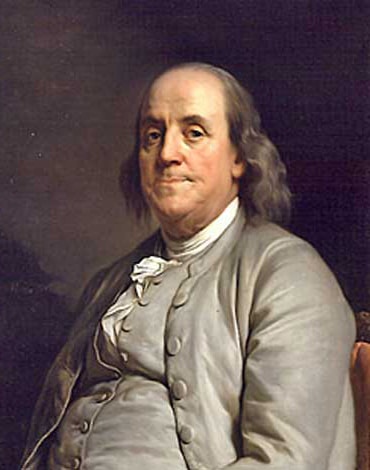
At the age of 24, Franklin acknowledged William as his illegitimate son.
William's mother is unknown but may have come from a prostitute. In his autobiography, Franklin admitted to participating in sexual acts with low women.
William and Ben were close to each other. When Franklin conducted his experiments on electricity, William is pictured right next to him.
The two had a great relationship until the American Revolutionary War, when Franklin supported the rebels, and William supported the crown.
The two argued endlessly over their convictions, and it ended with Franklin cutting William completely off from his will.
After the war, William left for England and settled there. He would never return home nor speak to his father again. Benjamin Franklin would also never try to contact him again.
Benjamin Franklin Facts: Writings
In 1733, Franklin began publishing Poor Richards Almanack.
He wrote under the pseudonym Richard Saunders. Everyone knew that it was Franklin who was writing it.
He sold about 10,000 copies of it per year. That is equal to 3 million copies in modern times.
He retired from the Almanack in 1758. He published Father Abraham's Sermons, also known as The Way to Wealth.
He began to write his autobiography in 1771, and it was published after his death. It is considered one of the classics of the genre.
Benjamin Franklin Facts: Public Life and Civic Achievements
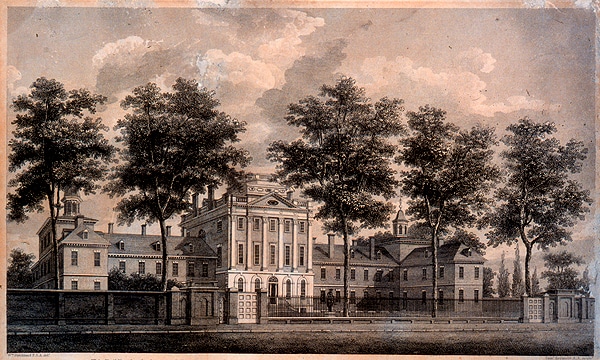
Franklin was a passionate chess player. It was his favorite game, and he often played it in France during his diplomatic trip.
In 1736, he developed the Union Fire Company, which was one of the first firefighting company
Shortly after, he created an anti-counterfeiting currency for New Jersey. He would become an advocate for paper money.
He helped found the University of Pennsylvania.
He began to flirt with politics in the 1740s. He began as a councilman in 1748 and was then elected as the Justice of the Peace in 1749. In 1751, he would be elected to the Pennsylvania Assembly. In 1753, he was appointed as joint deputy postmaster-general of North America.
In 1751, he helped found the Pennsylvania Hospital.
He was awarded honorary degrees from Yale and Harvard in 1753.
Franklin served as a delegate to the Albany Congress. During this meeting, he proposed a plan of union. While it was a bit too radical for the members at that time, there were traces of it found in the Articles of Confederation and, eventually, the Constitution.
In 1756, he organized the Pennsylvania militia.
In 1757, he was sent to London to argue over the political influence of the Penn family. He would not be successful.
In 1759, he traveled to Edinburgh with his son William. He considered these times as some of the best in his life.
In 1762, he was awarded an honorary doctorate by Oxford University. From then on, he would go by the name "Doctor Franklin."
Benjamin Franklin Facts: Pre-Revolutionary War

In 1765, Franklin opposed the Stamp Act but made a poor political decision when he recommended a friend for the post of stamp distributor.
This made it look like Franklin was in support of the Stamp Act, which outraged many people so much so that they threatened to burn his house down shortly after he would testify in the House of Commons and argue for the repeal of the Stamp Act.
He was successful, and immediately, many shifted from hating him to loving him. He was viewed as a leading voice for the colonies, and that never changed the rest of his life.
In 1767, he journeyed to France, where his inventions gave him popularity with many popular figures in French society, including King Louis XV. This would aid him during the American Revolutionary War when he was sent to France on a diplomatic mission.
In 1774, Franklin leaked Thomas Hutchinson's letters, which showed support for Britain against the colonies. Hutchinson was the royal governor of Massachusetts.
Members of the British government learned of Franklin's plot and embarrassed him in front of the Privy Council. He would leave London a year later. It was here where many historians mark Franklin's turn from a supporter of the Crown to a Revolutionary.
Franklin arrived in America on May 5, 1775. The Battles of Lexington and Concord had just been fought.
Benjamin Franklin Facts: American Revolution
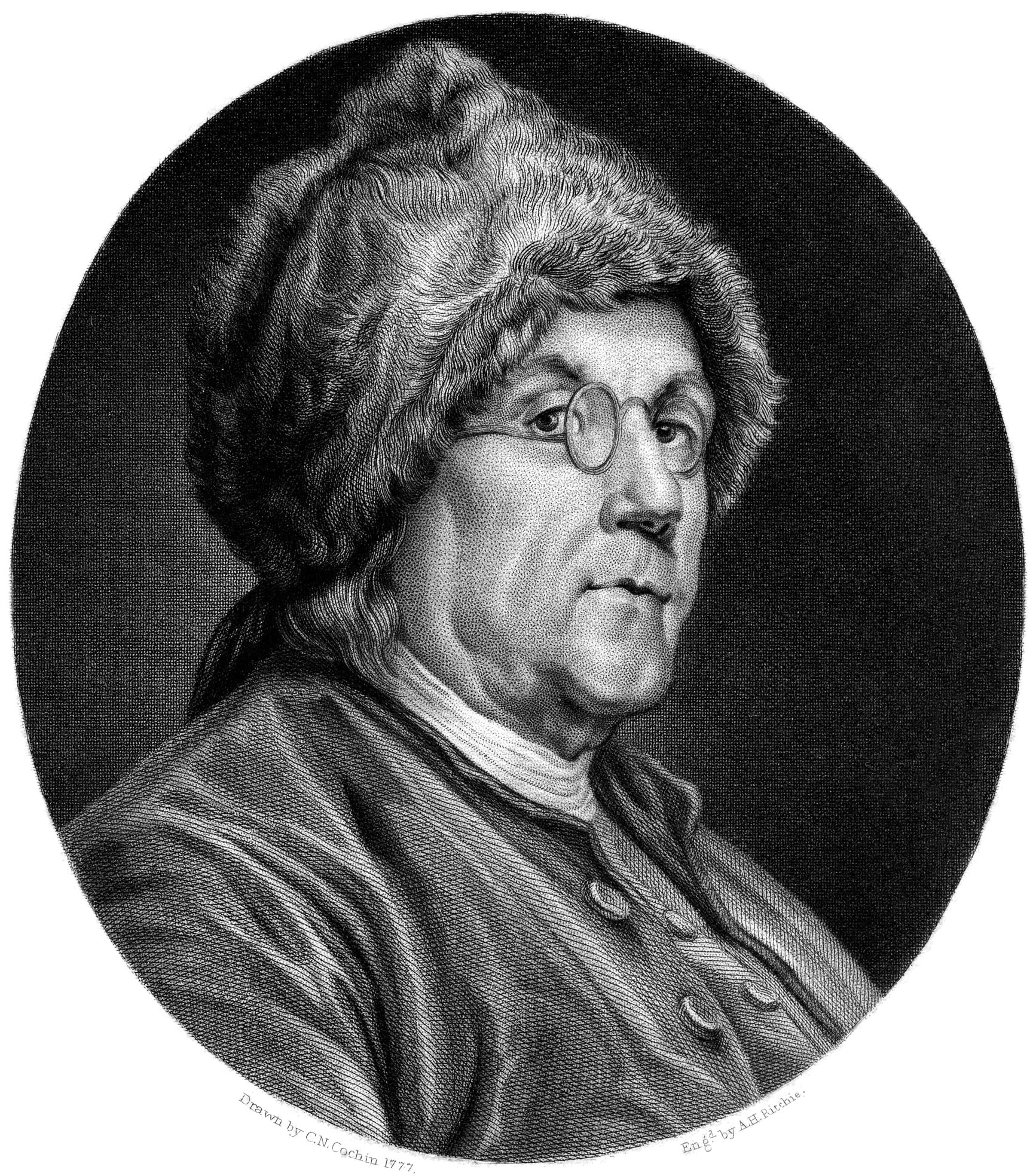
Upon arrival, Franklin was unanimously chosen as a delegate to the Second Continental Congress.
He was appointed to the Committee of 5 that would help draft the Declaration of Independence. He, along with John Adams, would make small changes to the document that was sent to him by Thomas Jefferson.
On July 26, 1776, he was appointed as the first United States postmaster-general. He set in place the same structure that is still in use today.
In December of 1776, he was dispatched on a diplomatic mission to France. Here, he would serve until the end of the war in 1785. He had little success, although he was extremely popular until the Battle of Saratoga convinced King Louis to ally himself with America.
In 1785, he returned home as the second most popular man in the United States. Only George Washington was held in higher regard.
In 1787, he would serve as a delegate to the Philadelphia Convention. He would be the only founding father to sign all four major founding documents of America: the Declaration of Independence, the Treaty of Paris, the Treaty of Alliance with France, and The Constitution.
He would also become a passionate abolitionist. Upon returning, he would free both of his slaves and write many essays on the topic:
- An Address to the Public (1789)
- A Plan for Improving the Condition of Free Blacks (1789)
- Sidi Mehemet Ibrahim on the Slave Trade (1790)
In 1790, Quakers from New York and Pennsylvania presented their petition for abolition. It was backed by their President, Benjamin Franklin
Benjamin Franklin Facts: Death
Franklin Died April 17, 1790. He was 84 years old. He was survived by his daughter Sarah and his sister Jane.
Over 20,000 people attended his funeral
Franklin bequeathed 1,000 pounds each to Boston and Philadelphia. The 1,000 pounds was put into a trust for 200 years. The trust reached $2,000,000 in Philadelphia and $5,000,000 dollars in Boston.
